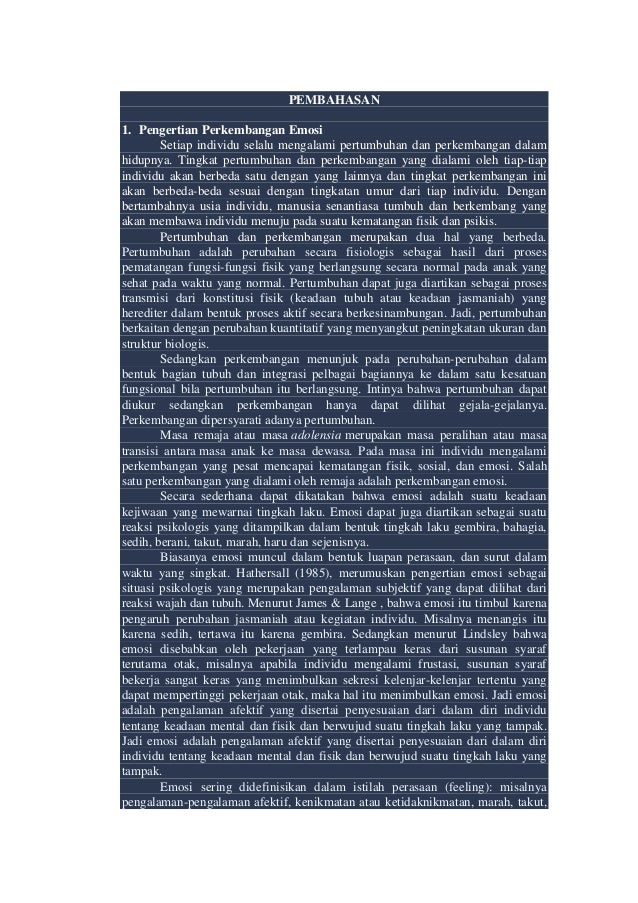


A total of 28 senior high school students agreed to join in this study. Paired t test used to test the mean sore of knowledge and attitude the intervention before and after. The Bahasa version of knowledge and attitude towards HIV prevention were used to measure the outcome. The inclusion criteria in this study were high school students in grade 1, 2 three sample technique used simple random sampling. The sample in this study was a student in one of private high school in Bandung.

This research was a queasy experiment with one group conducted in a one of private senior high school in Indonesia from April to August 2018. This study aimed to test the effectiveness of peer-led technology on knowledge and attitude towards HIV prevention among adolescent in Bandung. There is limited intervention utilizing technology conducted in Indonesia to reduce the risk of HIV among adolescents. Adolescent is a high-risk groups for HIV infection due to high chance to try something new and having big influenced by their peer in school. The prevalence of HIV infection in aged 15-19 years old was increased significantly every year. Therefore, children must always be educated so they always have positive prejudice (husnudzan) rather than negative prejudice (suudzan), both for themselves, others and Allah. With intelligence given by God, children can easily know and understand the nature of every challenge and difficulty. Patience and fortitude are one's potential. Through problems, their faith and devotion were tested by Allah SWT. In Islam, the problems faced by children will definitely be in accordance with their respective capacities and can still be overcome. In this case, the family plays an important role in shaping the personality of children who are mature in dealing with problems that arise along with social and emotional development. Children must already have knowledge, understanding and habits of commendable behavior, because this praiseworthy behavior is always repeated and accustomed to in the first and second stages. At this stage parental supervision should be increased and (3) the third stage from 15 years of age and over. Children can tell the difference between good and bad. This stage is called the tamyiz stage in Islam.

At this stage, ethics education must be taught to children through continuous stimulus, response and imitation because the child's cognitive development is not yet perfect (2) the second stage starts from 7 to 15 years of age. Through the literature study approach, there are 3 stages of social emotional development in Islam: (1) the first stage starts from birth to 7 years of age. This study aims to analyze the development of children's social emotions from an Islamic perspective. Aggressive behavior, bullying, egocentrism, fighting, prejudice and so on indicate the failure of parenting and teacher education to social and emotional development in children. Anti-social behaviors in children is now common.


 0 kommentar(er)
0 kommentar(er)
